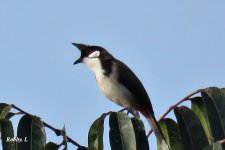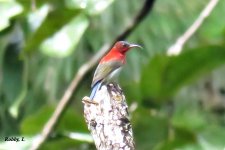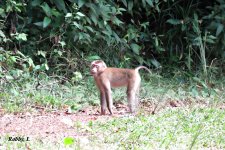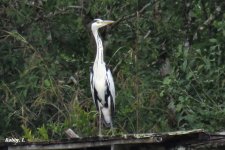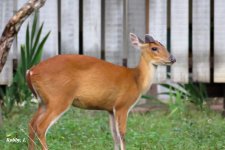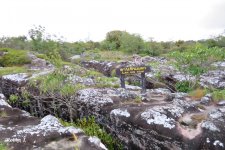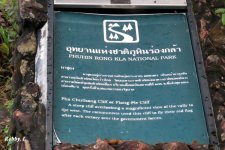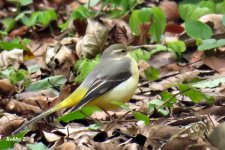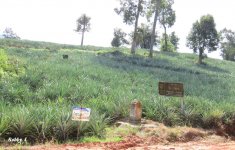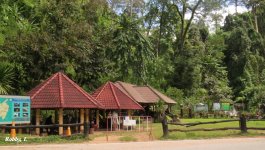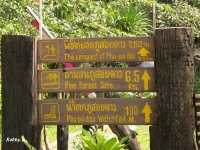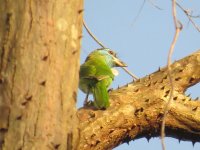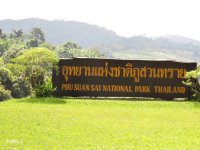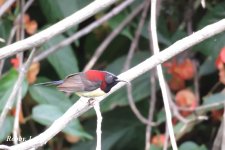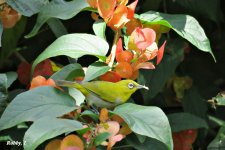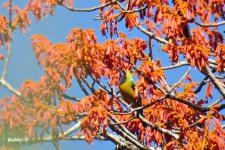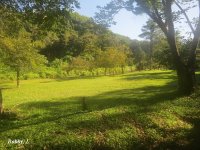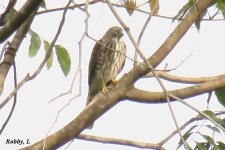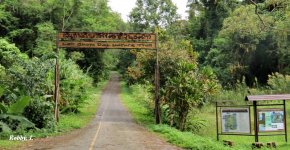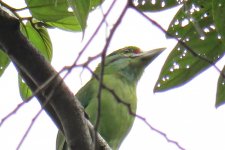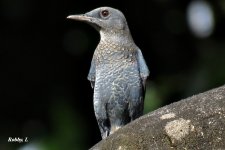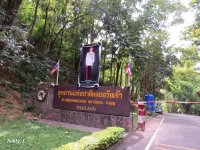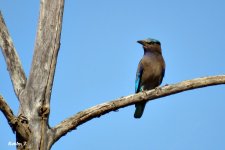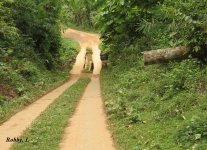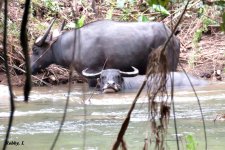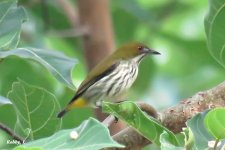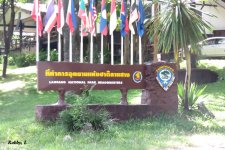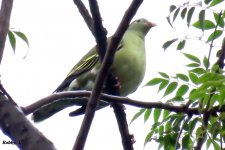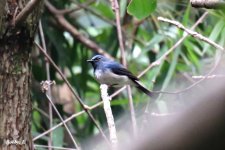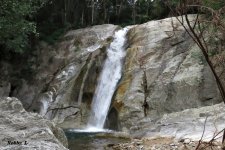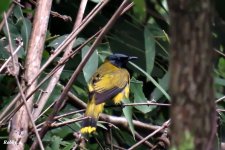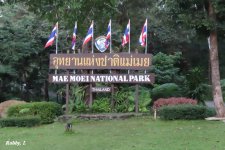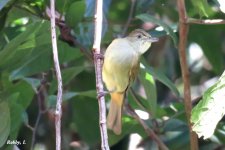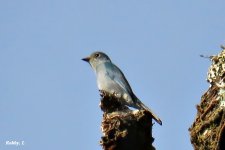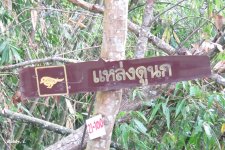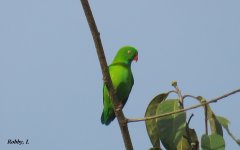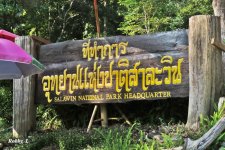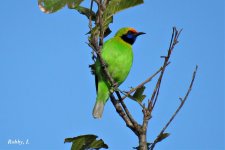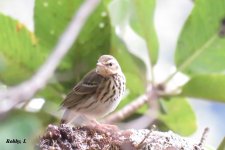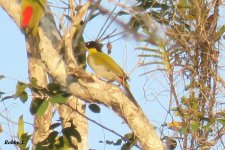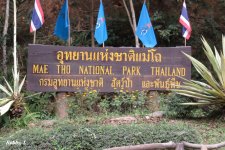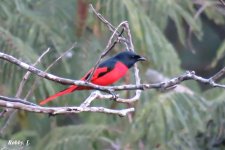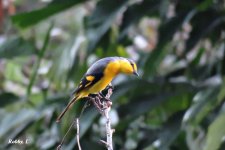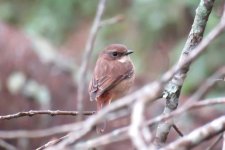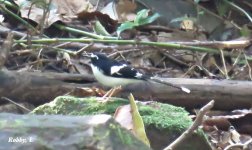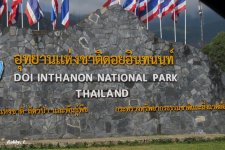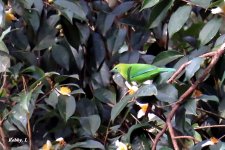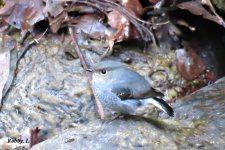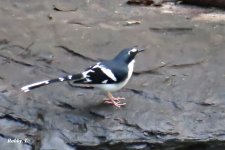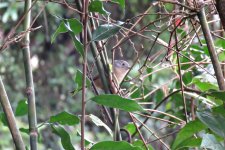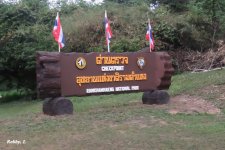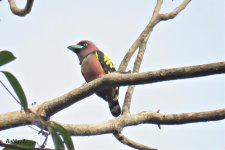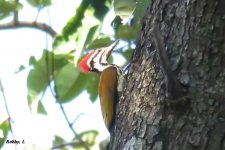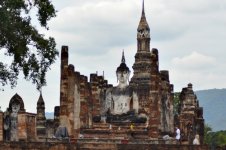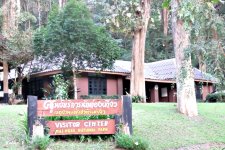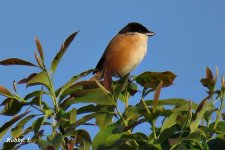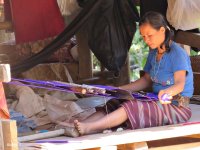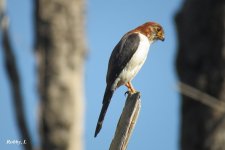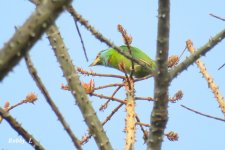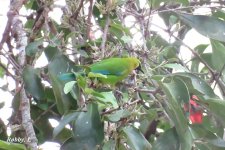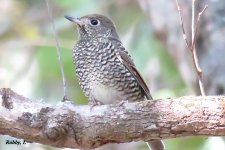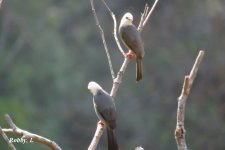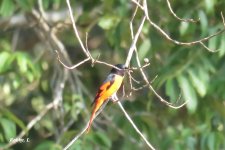robby thai
Well-known member
Nam Nao national Park
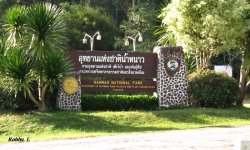
Arrived early afternoon and set up camp in what is an extensive camping area with 4 toilet blocks, old toilets are Thai only and new blocks are Thai and western with good (cold) showers and a disabled toilet and shower.
Foreigner entry is a bit steep at 400b but as we plan to stay 3 or 4 nights it is OK per day.
First afternoon I headed for the nature trail to find the entrance blocked by new buildings being constructed, so climb over the work and head down an easy trail but not a lot to see other than trees and butterflies to take photos of but when the butterflies are as beautiful as :
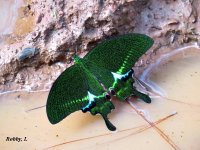
Paris Peacock
Next morning I headed up the longer trails and decided to do the middle 4.5km trail, again not a lot to see other than where an elephant had slid down the hill and gone over the stream the night before, until I got up to the lookout at the highest point and started down through the pine trees where there were some birds high in the trees. Got my first bird photos a new species for me a Neglected Nuthatch along with others including :
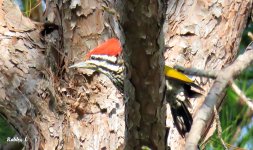
Common Flameback
Afternoon I went for an explore and drove up the 14km road to Suan Son Phu Goom Kha, lots of animal sign, Gaur Deer and Elephant and birds on the road and in the trees at the barrier across the road, as far as you can drive. Plan to come back tomorrow morning when hopefully there will be animals still out.
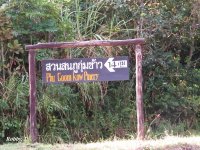
Next morning a Muntjak ran across the road on the way up and there had been a herd of Elephants feeding along the road but they had gone before we got there, very messy eaters these things. On the way back a deer ran along the road for a way in front of us
Called in at the HQ on the way back and were told there was a big mob of people were expected the next day a Saturday with all the housed booked and a lot of campers coming so we decided to cut our stay down to 3 nights and head for the next destination, also told us the best time for birds is when the trees are in fruit in the spring.
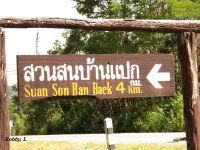
On the last morning I walked about 2 km down the Ban Beak track (4km) which is a couple of km west of the park entrance and wow the place is full of elephants with fresh sign everywhere but they had all moved away from the track before I got there, probably just as well, lots of sign of other animals and more birds than I had seen anywhere else in the park and another new bird species for me an Eurasian Jay.
General
Mains power.
A lot of construction going on making a lot of noise which has scared most of the birds and animals out of the area.
The loop trails are best walked starting from the entrance on the road to the youth camp, from there it is about a kilometer to where the first trail forks off to the left. It is then about another KM through open pine forest to the lookout on the center trail. I did not walk the top trail so cant say where it joined in. Leeches were bad on the bottom part of the trails up the stream but none higher up.
The trails on the south side of the road were the best for both animals and birds. It would be possible to do these trails without paying an entrance fee to the park as there was no check as we went drove past the ranger station on the way to Suan Son Phu Goom Kha and there is no ranger station on the road to the Ban Beak track.
The pines and grass area from the junction of the first trail to the lookout was the best place for birds on the north side of the park.
Two flights of hornbill went over on different days couldn’t get a good look at them but by the sound of the wings they were Great Hornbill
Birds
Eurasian Jay
Neglected Nuthatch
Greater Racket-tailed drongo
Spangled Drongo
Bronzed Drongo
Sooty-headed Bulbul
Large–billed Crow
Black-naped Oriole
Large Cockooshrike
Common Flameback
Blossom-headed Parakeet

Arrived early afternoon and set up camp in what is an extensive camping area with 4 toilet blocks, old toilets are Thai only and new blocks are Thai and western with good (cold) showers and a disabled toilet and shower.
Foreigner entry is a bit steep at 400b but as we plan to stay 3 or 4 nights it is OK per day.
First afternoon I headed for the nature trail to find the entrance blocked by new buildings being constructed, so climb over the work and head down an easy trail but not a lot to see other than trees and butterflies to take photos of but when the butterflies are as beautiful as :

Paris Peacock
Next morning I headed up the longer trails and decided to do the middle 4.5km trail, again not a lot to see other than where an elephant had slid down the hill and gone over the stream the night before, until I got up to the lookout at the highest point and started down through the pine trees where there were some birds high in the trees. Got my first bird photos a new species for me a Neglected Nuthatch along with others including :

Common Flameback
Afternoon I went for an explore and drove up the 14km road to Suan Son Phu Goom Kha, lots of animal sign, Gaur Deer and Elephant and birds on the road and in the trees at the barrier across the road, as far as you can drive. Plan to come back tomorrow morning when hopefully there will be animals still out.

Next morning a Muntjak ran across the road on the way up and there had been a herd of Elephants feeding along the road but they had gone before we got there, very messy eaters these things. On the way back a deer ran along the road for a way in front of us
Called in at the HQ on the way back and were told there was a big mob of people were expected the next day a Saturday with all the housed booked and a lot of campers coming so we decided to cut our stay down to 3 nights and head for the next destination, also told us the best time for birds is when the trees are in fruit in the spring.

On the last morning I walked about 2 km down the Ban Beak track (4km) which is a couple of km west of the park entrance and wow the place is full of elephants with fresh sign everywhere but they had all moved away from the track before I got there, probably just as well, lots of sign of other animals and more birds than I had seen anywhere else in the park and another new bird species for me an Eurasian Jay.
General
Mains power.
A lot of construction going on making a lot of noise which has scared most of the birds and animals out of the area.
The loop trails are best walked starting from the entrance on the road to the youth camp, from there it is about a kilometer to where the first trail forks off to the left. It is then about another KM through open pine forest to the lookout on the center trail. I did not walk the top trail so cant say where it joined in. Leeches were bad on the bottom part of the trails up the stream but none higher up.
The trails on the south side of the road were the best for both animals and birds. It would be possible to do these trails without paying an entrance fee to the park as there was no check as we went drove past the ranger station on the way to Suan Son Phu Goom Kha and there is no ranger station on the road to the Ban Beak track.
The pines and grass area from the junction of the first trail to the lookout was the best place for birds on the north side of the park.
Two flights of hornbill went over on different days couldn’t get a good look at them but by the sound of the wings they were Great Hornbill
Birds
Eurasian Jay
Neglected Nuthatch
Greater Racket-tailed drongo
Spangled Drongo
Bronzed Drongo
Sooty-headed Bulbul
Large–billed Crow
Black-naped Oriole
Large Cockooshrike
Common Flameback
Blossom-headed Parakeet
Last edited:




